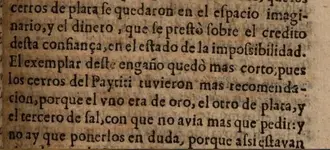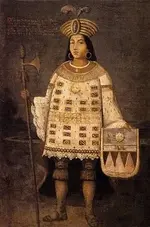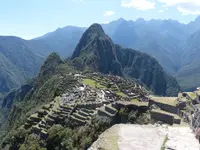Crow
Silver Member
- Joined
- Jan 28, 2005
- Messages
- 4,027
- Reaction score
- 11,214
- Golden Thread
- 0
- Location
- In a tax haven some where
- Detector(s) used
- ONES THAT GO BEEP! :-)
- Primary Interest:
- Other
Gidday Greg
There is much admiration in regards to ruins you found amigo. But in regards to This report, dating from 1567-1625, was discovered in the archives of the Society of Jesus (the Jesuit order) by an Italian historian and archaeologist ,Mario Polia in 2001.
As you can see there is no reference to what you infer?
But I know of an document dating back to 1590? I am going on memory mentioned kingdom of the Musus or Mojos?
Do you have any reference to any historic document to assist Old Crows memory?
Crow
There is much admiration in regards to ruins you found amigo. But in regards to This report, dating from 1567-1625, was discovered in the archives of the Society of Jesus (the Jesuit order) by an Italian historian and archaeologist ,Mario Polia in 2001.
As you can see there is no reference to what you infer?
But I know of an document dating back to 1590? I am going on memory mentioned kingdom of the Musus or Mojos?
Do you have any reference to any historic document to assist Old Crows memory?
Crow



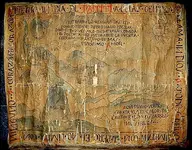
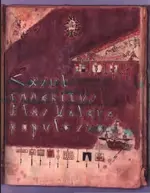
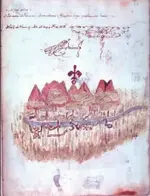
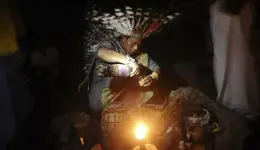
 )
)